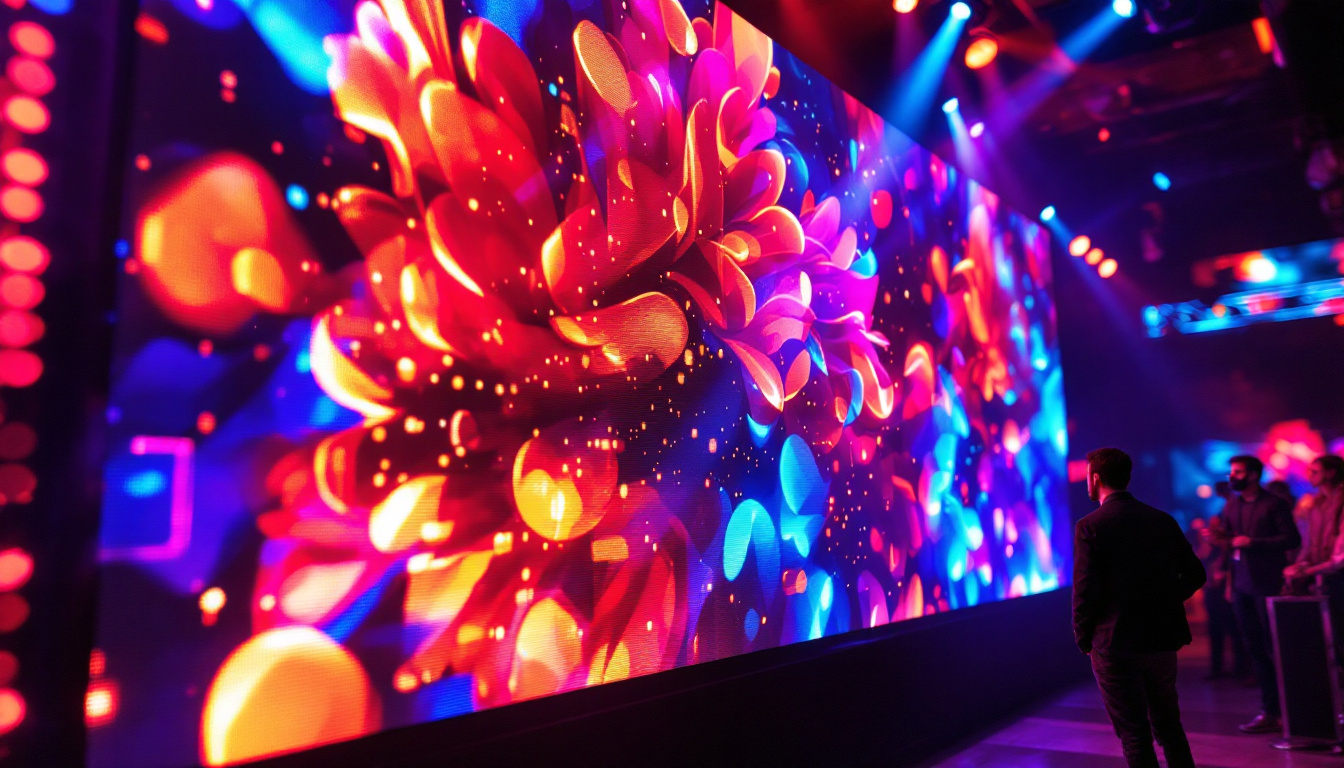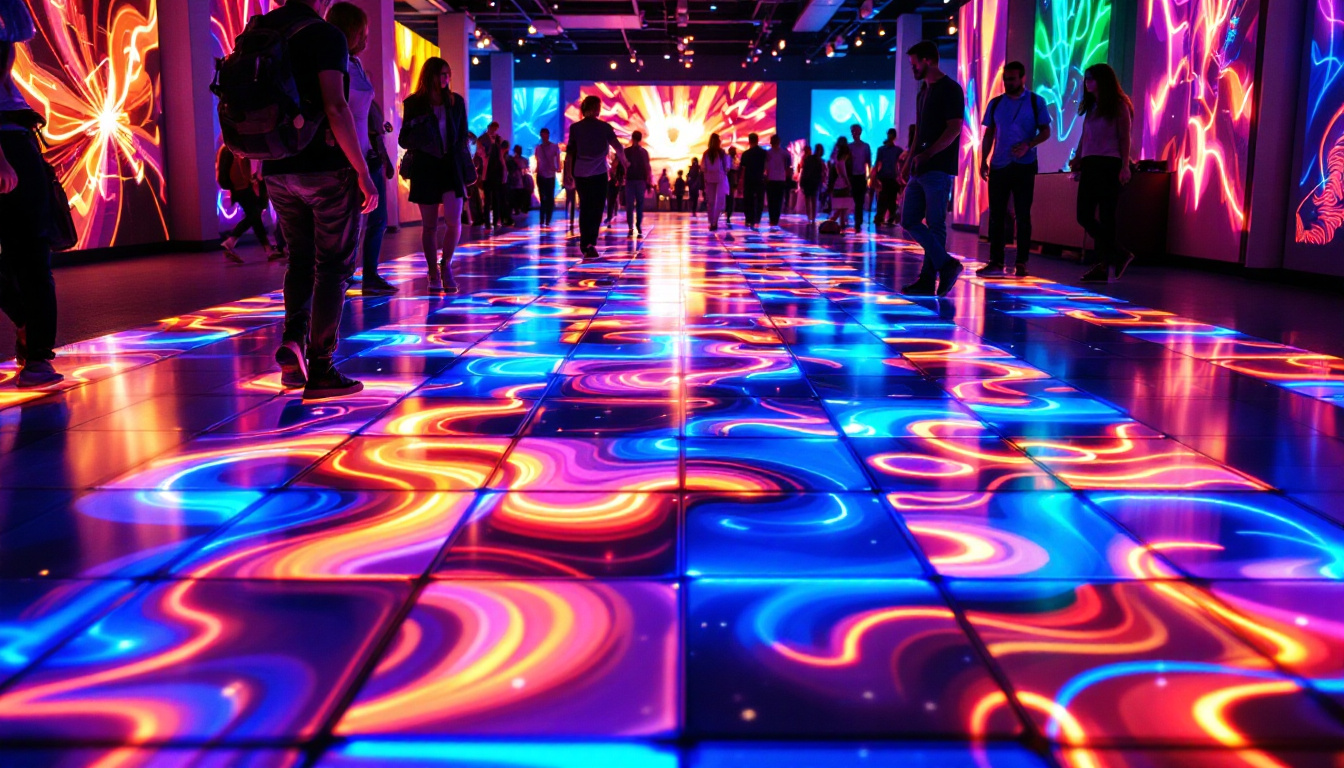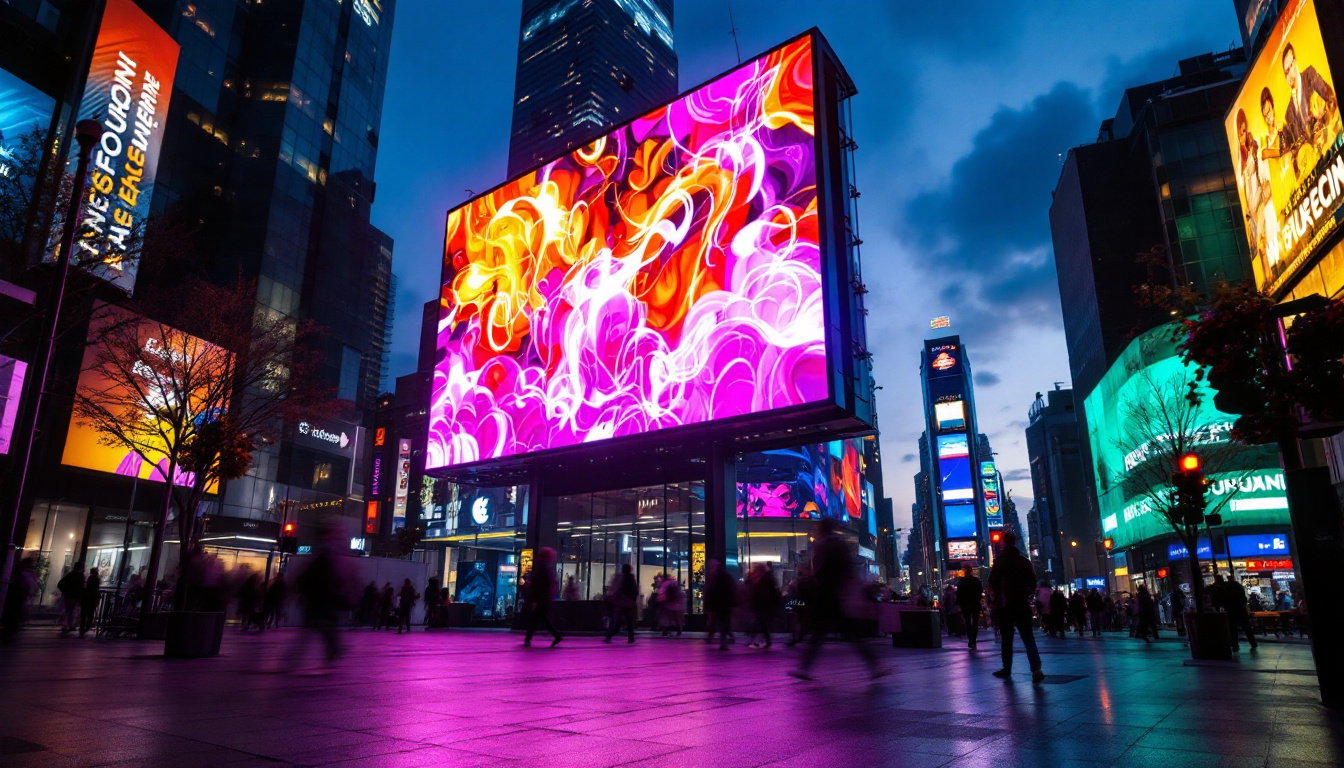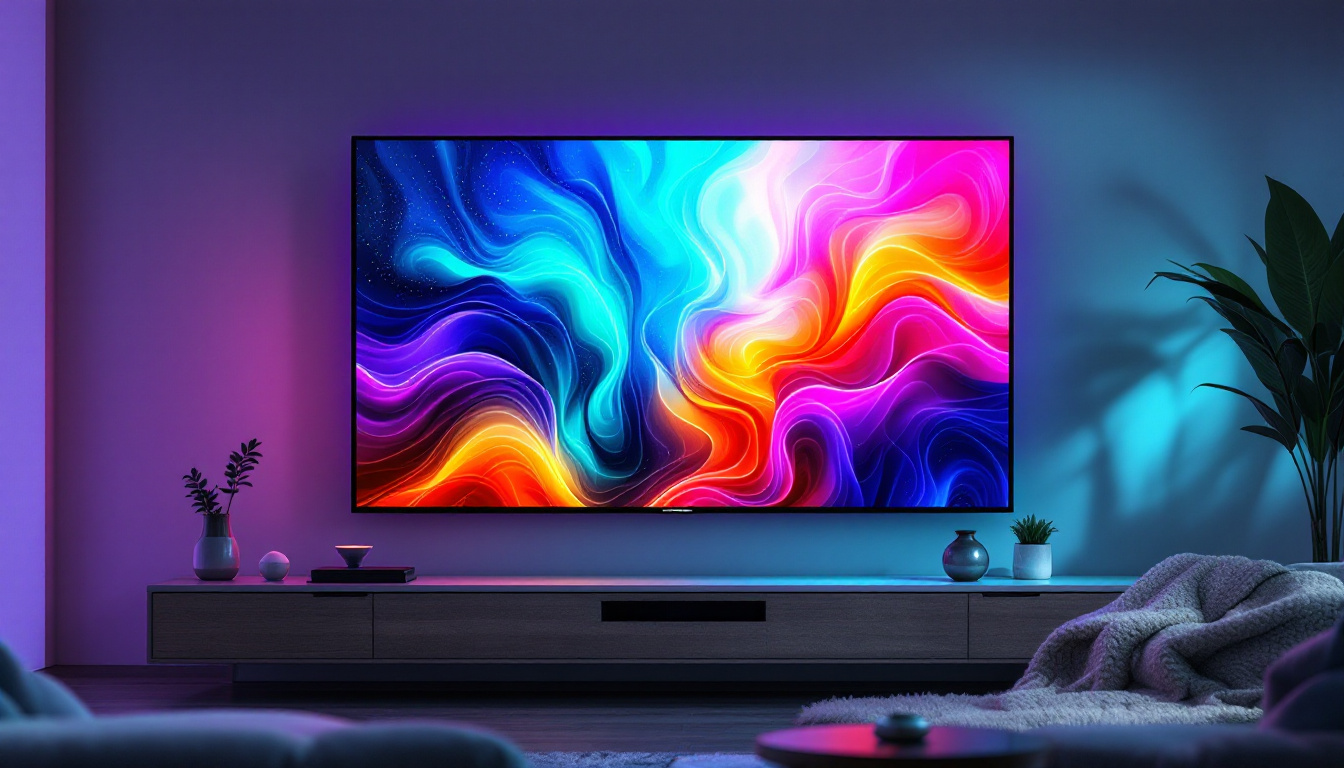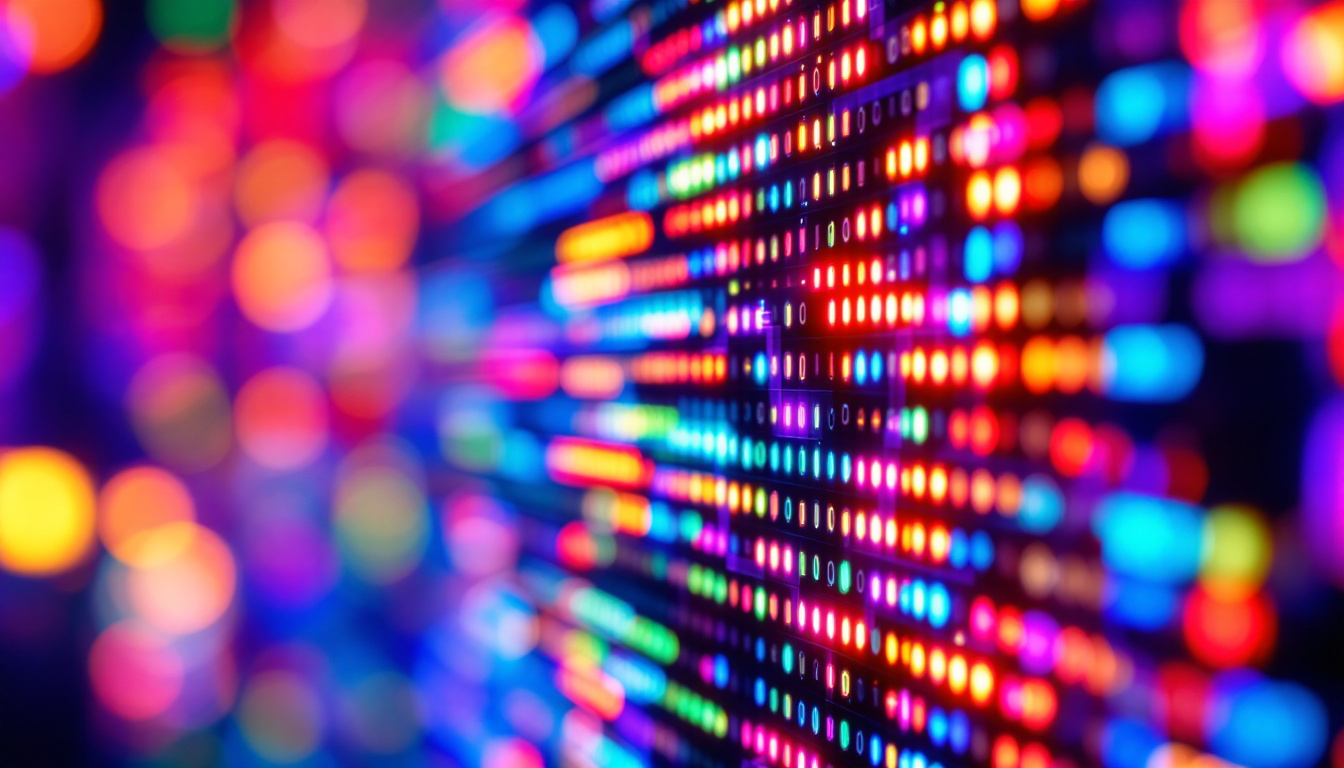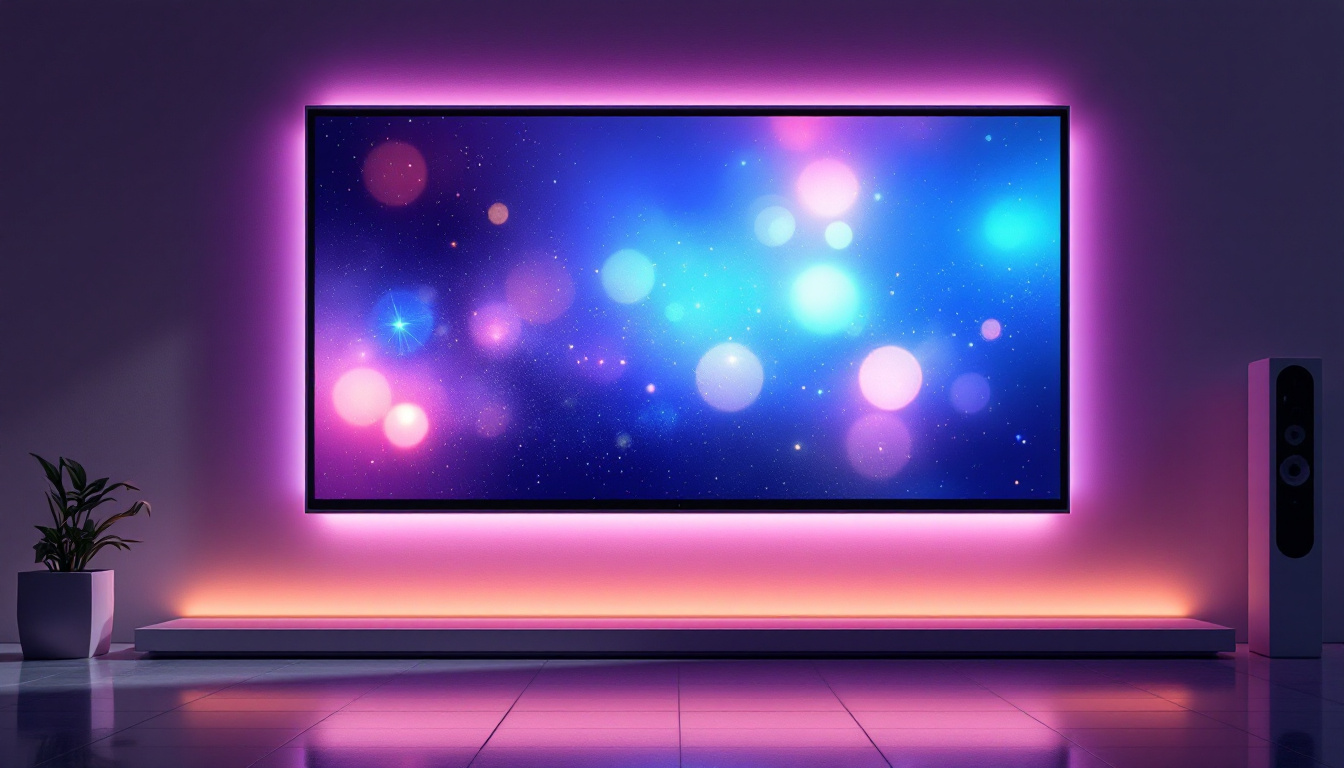In today’s digital world, screens are everywhere—from smartphones and laptops to televisions and digital billboards. Among the most common display technologies are Liquid Crystal Displays (LCDs) and Light Emitting Diode (LED) displays. Although these terms are often used interchangeably, they represent different technologies that work together to produce the vibrant images we see daily. This article delves into the working principles of LCDs and LED displays, explaining how they function individually and in combination to deliver high-quality visuals.
Fundamentals of Liquid Crystal Display (LCD) Technology
Liquid Crystal Displays have become a staple in modern electronic devices due to their energy efficiency, slim design, and ability to produce sharp images. Understanding how LCDs work requires a look into the properties of liquid crystals and the way they manipulate light.
What Are Liquid Crystals?
Liquid crystals are unique materials that exhibit properties between those of conventional liquids and solid crystals. They flow like a liquid but have molecules that are oriented in a crystal-like way. This orientation can be controlled by electric fields, which is the basis for LCD technology.
When an electric current is applied, the alignment of the liquid crystal molecules changes, affecting how light passes through them. This ability to modulate light transmission is what enables LCDs to create images on a screen. The fascinating aspect of liquid crystals is their responsiveness to temperature changes; as the temperature fluctuates, their phase transitions can alter their optical properties, which is why LCDs can sometimes be affected by extreme heat or cold.
Structure of an LCD Panel
An LCD panel consists of several layers working in harmony. The core components include two polarizing filters, glass substrates, electrodes, and the liquid crystal layer sandwiched between them. The polarizers are oriented perpendicular to each other to control light passage.
Behind the LCD panel is a backlight, which provides the light source. Since liquid crystals do not emit light themselves, they rely on this backlight to illuminate the display. The liquid crystals either block or allow light to pass through, creating the desired image. Additionally, modern LCDs often incorporate advanced technologies such as LED backlighting, which enhances brightness and color accuracy, making displays more vibrant and energy-efficient. Furthermore, the introduction of technologies like In-Plane Switching (IPS) has improved viewing angles and color reproduction, addressing some of the limitations of earlier LCD designs.
How LCDs Manipulate Light to Form Images
The key to LCD operation lies in controlling the orientation of liquid crystal molecules with electric fields, which in turn affects light polarization and transmission.
Polarization and Light Control
Light waves vibrate in multiple directions, but polarizers only allow light vibrating in a specific direction to pass through. In an LCD, the first polarizer filters the backlight, aligning the light waves. The liquid crystal molecules then twist the polarization of the light as it passes through.
When no voltage is applied, the liquid crystals twist the polarized light so it can pass through the second polarizer, making the pixel appear bright. When voltage is applied, the crystals align in a way that prevents the light from twisting, causing the second polarizer to block the light and the pixel to appear dark.
Color Generation in LCDs
LCDs produce colors using color filters—typically red, green, and blue (RGB)—placed over individual pixels. By adjusting the voltage applied to each pixel, the display controls the amount of light passing through each color filter. Combining different intensities of RGB light creates the full spectrum of colors visible on the screen.
The precision of this color generation is further enhanced by the use of advanced technologies such as dithering and gamma correction. Dithering allows for the simulation of colors that are not directly represented by the RGB filters by rapidly alternating between different pixel colors, creating the illusion of a broader palette. Gamma correction adjusts the brightness levels of the colors displayed, ensuring that the images appear more natural and visually appealing, especially in darker scenes where subtle gradients are crucial for depth perception.
Moreover, modern LCDs often incorporate additional layers, such as backlight units and diffusion films, which help to improve brightness and uniformity across the screen. These enhancements contribute to a more immersive viewing experience, allowing for vibrant colors and sharp contrasts that are essential for applications ranging from gaming to professional graphic design. The evolution of LCD technology continues to push the boundaries of display capabilities, making them an integral part of our daily lives.
The Role of LED in Display Technology
While LCDs manipulate light to form images, they require a light source to illuminate the display. This is where LED technology comes into play. LEDs serve as the backlighting system for LCDs, enhancing brightness, contrast, and energy efficiency. The integration of LED technology has transformed the visual experience, allowing for sharper images and more vibrant colors that captivate viewers in various settings, from home entertainment to professional presentations.
What Are LEDs?
Light Emitting Diodes (LEDs) are semiconductor devices that emit light when an electric current passes through them. They are highly efficient, long-lasting, and capable of producing bright, vibrant light in various colors. The versatility of LEDs extends beyond simple illumination; they can be engineered to emit a wide spectrum of colors, making them ideal for applications in both display technology and general lighting. Their compact size and low heat generation also contribute to their popularity in modern electronic devices.
In display technology, LEDs are used primarily as backlights behind the LCD panel, replacing older technologies like Cold Cathode Fluorescent Lamps (CCFLs). This shift not only improves the overall quality of the display but also reduces the environmental impact, as LEDs consume less power and have a longer lifespan compared to their predecessors.
Types of LED Backlighting
There are two main types of LED backlighting used in LCD displays:
- Edge-Lit LED: LEDs are placed along the edges of the screen, and light is distributed across the display using light guides. This design allows for thinner panels but can sometimes result in uneven brightness. Despite this limitation, edge-lit technology is favored in ultra-slim designs, making it a popular choice for modern televisions and monitors.
- Direct or Full-Array LED: LEDs are placed directly behind the LCD panel in a grid. This setup provides more uniform brightness and allows for local dimming, where specific zones can be dimmed or brightened independently to improve contrast. This feature is particularly beneficial for high dynamic range (HDR) content, where the difference between light and dark scenes can be more pronounced, enhancing the overall viewing experience.
Additionally, advancements in LED technology have led to the development of Mini-LED and Micro-LED displays. Mini-LED utilizes smaller LEDs to provide even finer control over backlighting, resulting in improved contrast and color accuracy. Micro-LED, on the other hand, represents a revolutionary leap where each pixel is an individual micro-sized LED, eliminating the need for a separate backlight altogether. This technology promises to deliver unparalleled brightness, contrast, and color performance, setting a new standard in display technology.
Combining LCD and LED: How LED-LCD Displays Work
When people refer to “LED TVs” or “LED displays,” they usually mean LCD panels that use LED backlighting. This combination leverages the light-modulating properties of liquid crystals with the efficient illumination of LEDs.
Backlight and Liquid Crystal Interaction
The LED backlight shines light through the liquid crystal layer. The liquid crystals, controlled by electric signals, manipulate the light’s polarization and intensity to form images. The color filters then produce the desired colors, resulting in a full-color display.
This synergy allows for thinner, brighter, and more energy-efficient displays compared to older CCFL-backlit LCDs.
Advantages of LED-Backlit LCDs
LED-backlit LCDs offer several benefits:
- Improved Energy Efficiency: LEDs consume less power than CCFLs, extending battery life in portable devices and reducing electricity usage in larger displays.
- Better Brightness and Contrast: LED backlights can achieve higher brightness levels and support local dimming, enhancing contrast ratios and picture quality.
- Thinner and Lighter Panels: LEDs are smaller and more versatile, allowing manufacturers to design slimmer displays.
- Longer Lifespan: LEDs generally have a longer operational life compared to CCFLs, reducing maintenance and replacement costs.
Emerging Display Technologies and the Future
While LED-backlit LCDs remain dominant in the market, newer technologies like OLED (Organic Light Emitting Diode) and MicroLED are gaining traction. These technologies differ fundamentally from LCDs by emitting light directly from each pixel, eliminating the need for a backlight.
Comparing LCD and OLED
OLED displays offer superior contrast ratios, deeper blacks, and wider viewing angles because each pixel emits its own light and can be turned off completely. However, OLED panels tend to be more expensive and can suffer from burn-in issues over time.
The Role of LED in Future Displays
MicroLED technology, which uses microscopic LEDs as individual pixels, promises the best of both worlds: the brightness and longevity of LEDs with the pixel-level control of OLEDs. While still in development and early adoption phases, MicroLED could redefine the future of display technology.
Conclusion
Understanding the working of Liquid Crystal Displays and LED technology reveals the intricate engineering behind the screens we use daily. LCDs manipulate light through liquid crystals and polarizers, while LEDs provide the essential illumination that brings images to life. The combination of these technologies has revolutionized display quality, making screens brighter, thinner, and more energy-efficient.
As display technology continues to evolve, innovations like OLED and MicroLED are pushing the boundaries of image quality and device design. However, LED-backlit LCDs remain a cornerstone of the industry, balancing performance, cost, and reliability for a wide range of applications.
Discover Cutting-Edge LED Displays with LumenMatrix
Ready to experience the future of visual display technology? LumenMatrix is at the forefront of innovation, offering a wide array of LED display solutions that bring your content to life. From vibrant Indoor and Outdoor LED Wall Displays to dynamic Vehicle and Sports LED Displays, our products are designed to maximize brand visibility and audience engagement. Whether you need a Floor LED Display, a Custom solution, an All-in-One LED Display, or a Transparent LED Display, LumenMatrix has the expertise to transform your visual communication. Check out LumenMatrix LED Display Solutions today and see how we can help you create truly captivating visual experiences.


